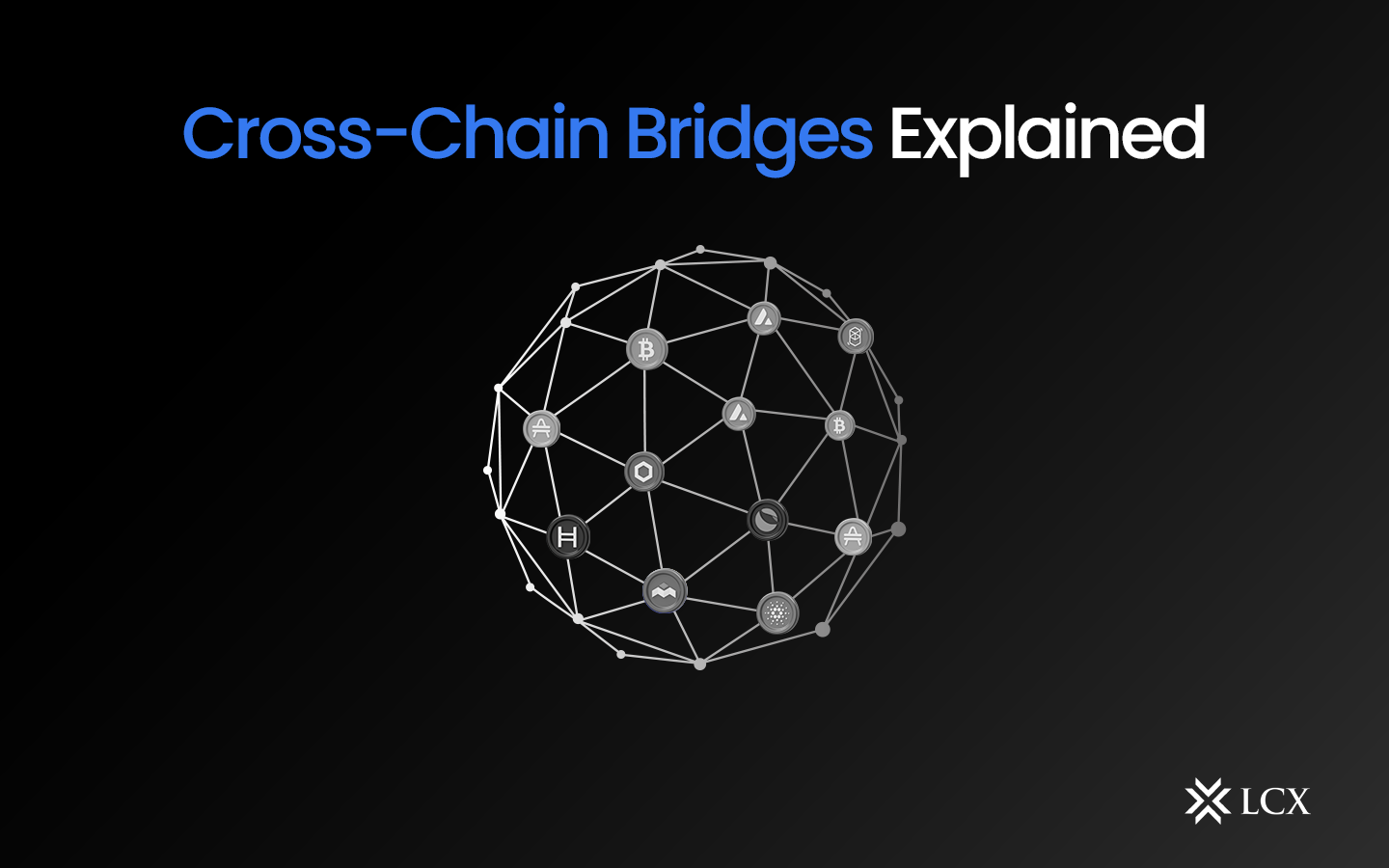The Web3 ecosystem is becoming increasingly multi-chain, with decentralized applications spread across hundreds of distinct blockchains and layer-2 solutions, each with its own security and trust model. Due to the ongoing difficulty of blockchain scalability, this trend is likely to continue, bolstered by the introduction of more blockchains, layer-2 and layer-3 solutions, and standalone networks such as application-specific blockchains, which can be tailored to the specific technical and economic needs of a single or a smaller cluster of decentralized applications.
However, blockchains cannot communicate with one another by default. To realize the maximum potential of a multi-chain ecosystem, blockchain interoperability is therefore essential. Cross-chain messaging protocols, which enable smart contracts to receive and write data to and from other blockchains, are the backbone of blockchain interoperability.
It is becoming increasingly apparent that Web3 requires comprehensive cross-chain interoperability solutions that enable data and tokens to move across an interconnected network of blockchains in a secure and seamless manner. A crucial component of cross-chain interoperability, a cross-chain bridge is the infrastructure that enables the transmission of tokens from one blockchain to another.
Why Cross-Chain Bridges Are Necessary in Web3
Blockchains are not innately able to communicate with one another; they typically cannot monitor or comprehend what is occurring on other networks. Each chain has its own protocol design, currency, programming language, governance structure, and culture, making communication between chains problematic. This absence of inter-blockchain communication restricts the amount of economic activity that can occur within the Web3 ecosystem. Without blockchain interoperability, distinct networks effectively represent disparate, isolated economies with no interconnection.
By facilitating communication between distinct blockchains, scaling solutions, and app-specific chains, the ecosystem could benefit from the unique qualities of each blockchain ecosystem.
How Do Cross-Chain Bridges Work?
A cross-chain bridge is a form of decentralized application that facilitates the transfer of assets between two blockchains. It augments the utility of tokens by facilitating cross-chain transactions between distinct blockchains. Typically, a cross-chain bridge entails locking or destroying tokens on the source chain via a smart contract and unlocking or minting tokens on the destination chain via a second smart contract.
Typically, token bridges employ a cross-chain communications protocol for the specific purpose of moving tokens between blockchains. In practice, a cross-chain bridge is a particular use case for a cross-chain messaging protocol, with most bridges merely providing application-specific services between two blockchains. In other instances, they are used to facilitate a broader range of applications, such as cross-chain decentralized exchanges (DEXs), cross-chain money markets, and more generalized cross-chain functionality.
Let’s explore the key components that make these bridges function effectively:
Smart Contracts: Smart contracts are autonomous and self-executing agreements that are deployed on blockchain networks. They play a crucial role in cross-chain bridges, acting as intermediaries to facilitate and validate transactions between different chains.
Oracles: Oracles serve as a vital bridge component, providing external data and real-world information to smart contracts. They ensure that cross-chain transactions are accurately executed based on predefined conditions and parameters.
Consensus Mechanisms: They employ consensus mechanisms to achieve agreement between different blockchain networks. These mechanisms vary depending on the specific bridge design but often involve a combination of Proof of Authority (PoA), Proof of Stake (PoS), or other consensus algorithms.
Types of Cross-Chain Bridges
Cross-chain bridges are propelled by three primary kinds of mechanisms:
- Lock and mint- A user secures tokens in a smart contract on the source chain, and then wrapped versions of those locked tokens are minted as a form of IOU on the destination chain. In the opposite direction, the destination chain’s wrapped tokens are incinerated to release the source chain’s original coins.
- Burn and mint- A user burns on the source chain, and then identical native tokens are reissued (minted) on the destination chain.
- Lock and unlock- A user locks native tokens on the source chain and then releases them from a liquidity pool on the destination chain. Through economic incentives such as revenue sharing, these types of cross-chain bridges typically attract liquidity on both sides of the bridge.
In addition, cross-chain bridges can be combined with arbitrary data messaging capabilities, allowing the transfer of any form of data between blockchains, not just tokens. These programmable token bridges combine token bridging and arbitrary communications, with a smart contract call being executed on the destination chain once the tokens have been delivered.
After the conclusion of the bridge function, programmable token bridges permit more complex cross-chain functionality. In the same transaction that the bridging function is conducted, these include swapping, lending, staking, and depositing tokens into a smart contract on the destination chain.
Examining their position on the spectrum of trust minimization in terms of validating the state of the source blockchain and relaying the succeeding transaction to the destination blockchain is another method for classifying cross-chain bridges. The further a cross-chain solution advances along the spectrum toward trust minimization, the more computationally expensive, less flexible, and less generalizable it typically becomes. These concessions are made to facilitate use cases that demand the most stringent trust-minimization guarantees.
Challenges and Future Outlook
While cross-chain bridges hold immense promise, there are several challenges that need to be addressed. These include security vulnerabilities, trust issues, and the standardization of protocols. However, ongoing research and development efforts are actively working towards overcoming these hurdles.
Looking ahead, cross-chain bridges are poised to play a pivotal role in the evolution of blockchain technology. As more networks adopt interoperability solutions, the blockchain ecosystem will become more connected and efficient. The potential applications span industries such as finance, supply chain, gaming, and decentralized finance (DeFi), fostering innovation and driving economic growth.
Conclusion:
Cross-chain bridges represent a significant milestone in the quest for blockchain interoperability. By addressing the challenge of fragmentation, these bridges unlock a plethora of opportunities for seamless asset transfer and data sharing between different blockchain networks. As the blockchain industry continues to evolve, cross-chain bridges will undoubtedly reshape the landscape, fostering collaboration, innovation, and the widespread adoption of decentralized technologies.










